
cd_nom
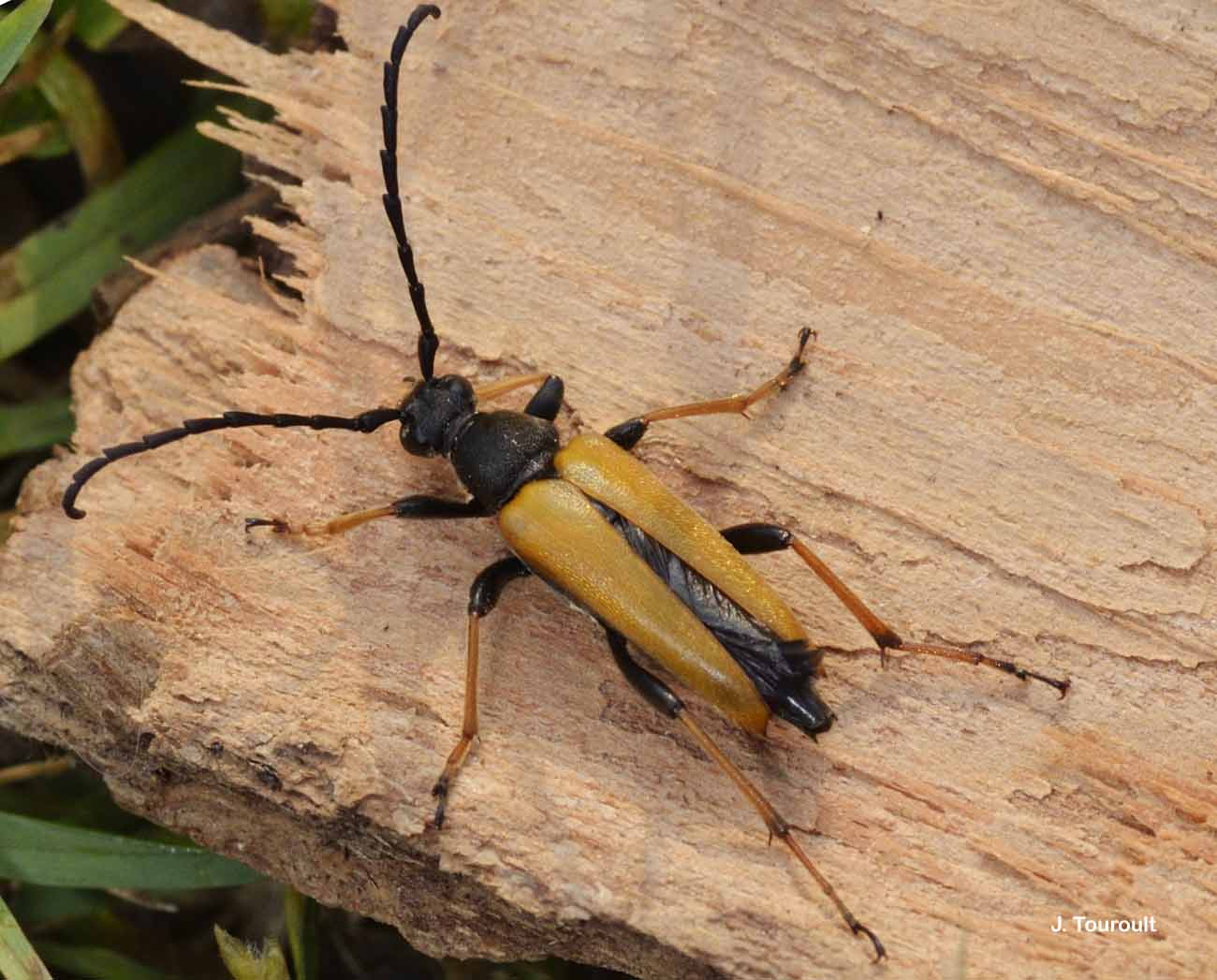
| Author : J. Touroult |
 |
To get the picture, please visit:
Julien TOUROULT
Muséum national d'Histoire naturelle - Service du Patrimoine Naturel
36 rue Geoffroy Saint-Hilaire
CP 41
75 231 PARIS CEDEX 05
e-mail : inpn@mnhn.fr
Legend: Mâle
Despite the Creative Commons license, please inform the author of the use which will be made of his photo
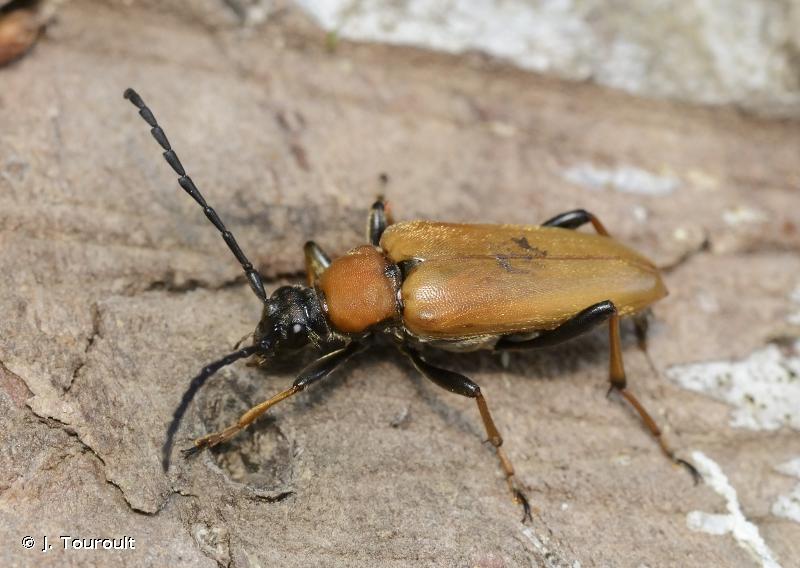
| Author : J. Touroult |
 |
To get the picture, please visit:
Legend: Femelle
Despite the Creative Commons license, please inform the author of the use which will be made of his photo
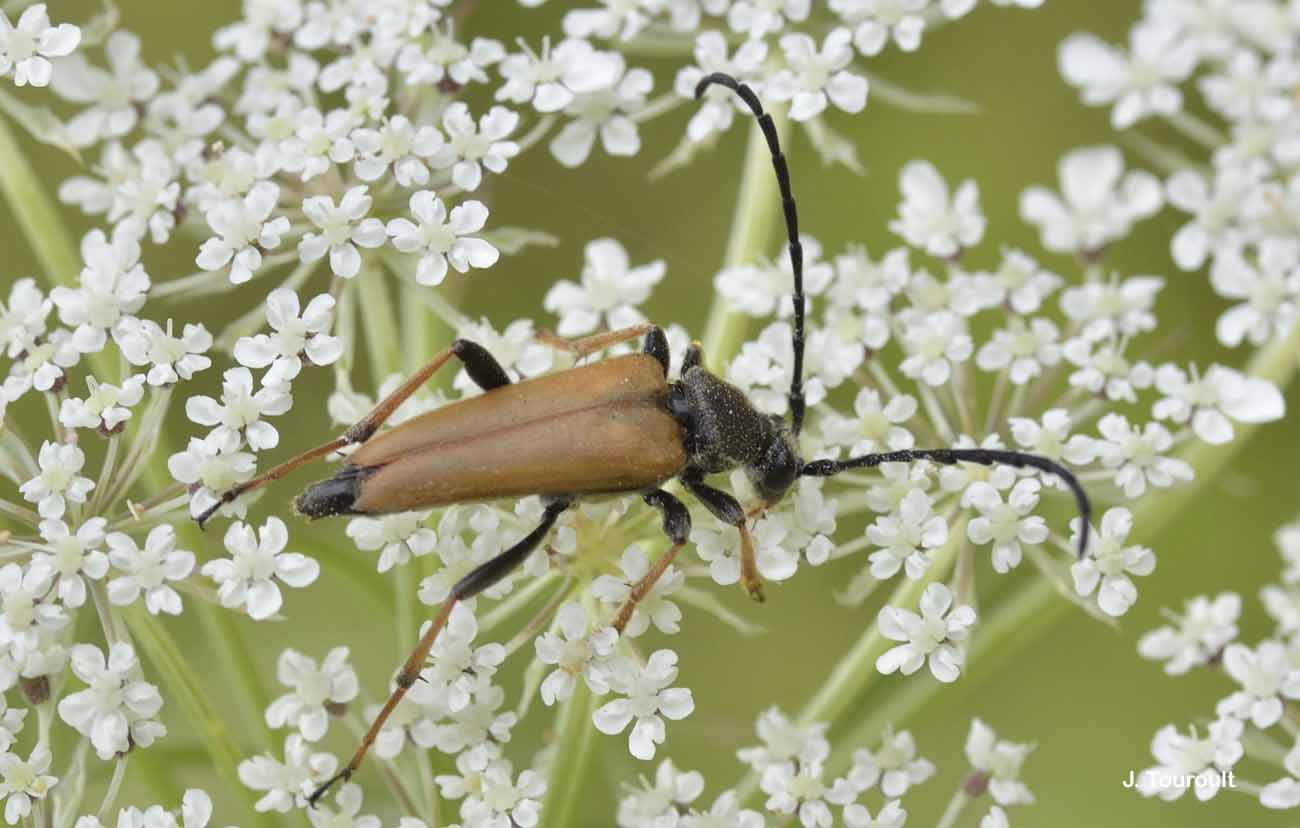
| Author : J. Touroult |
 |
To get the picture, please visit:
Julien TOUROULT
Muséum national d'Histoire naturelle - Service du Patrimoine Naturel
36 rue Geoffroy Saint-Hilaire
CP 41
75 231 PARIS CEDEX 05
e-mail : inpn@mnhn.fr
Legend: Mâle
Despite the Creative Commons license, please inform the author of the use which will be made of his photo
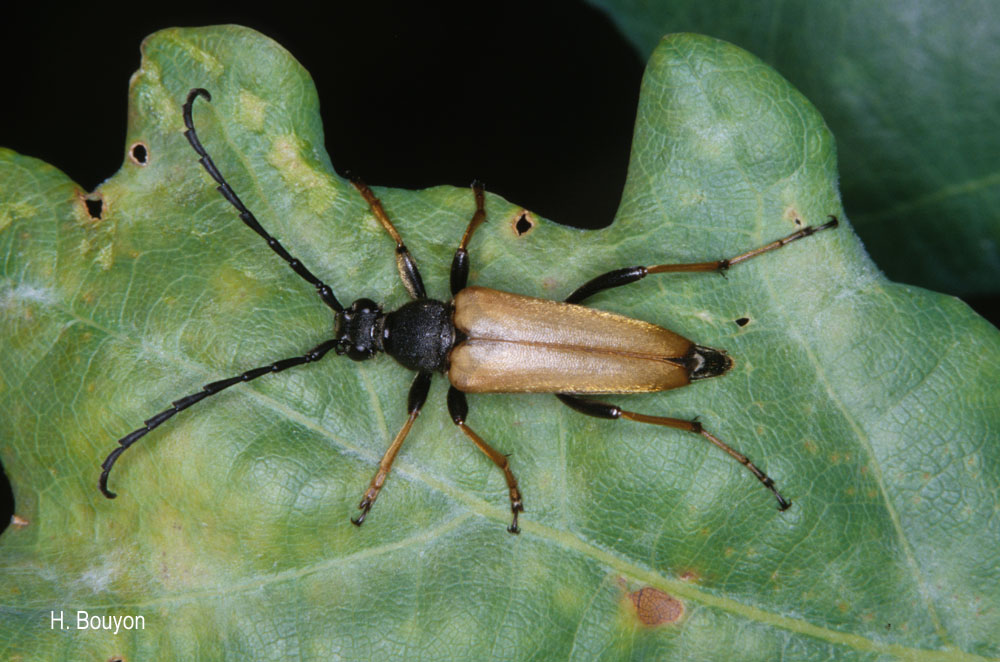
| Author : H.Bouyon |
 |
To get the picture, please visit:
Bouyon Hervé
herve.bouyon@wanadoo.fr
Any reuse of one or more photographs on this site is subject to an authorization request from the author.
Link to the Code of Intellectual Property (Legifrance)
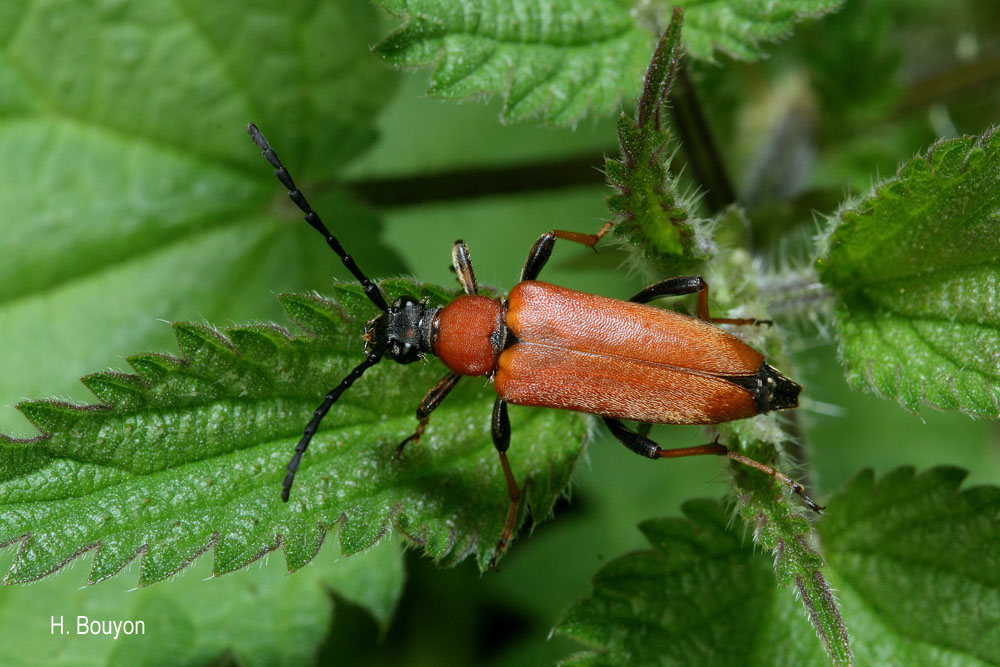
| Author : H.Bouyon |
 |
To get the picture, please visit:
Bouyon Hervé
herve.bouyon@wanadoo.fr
Any reuse of one or more photographs on this site is subject to an authorization request from the author.
Link to the Code of Intellectual Property (Legifrance)
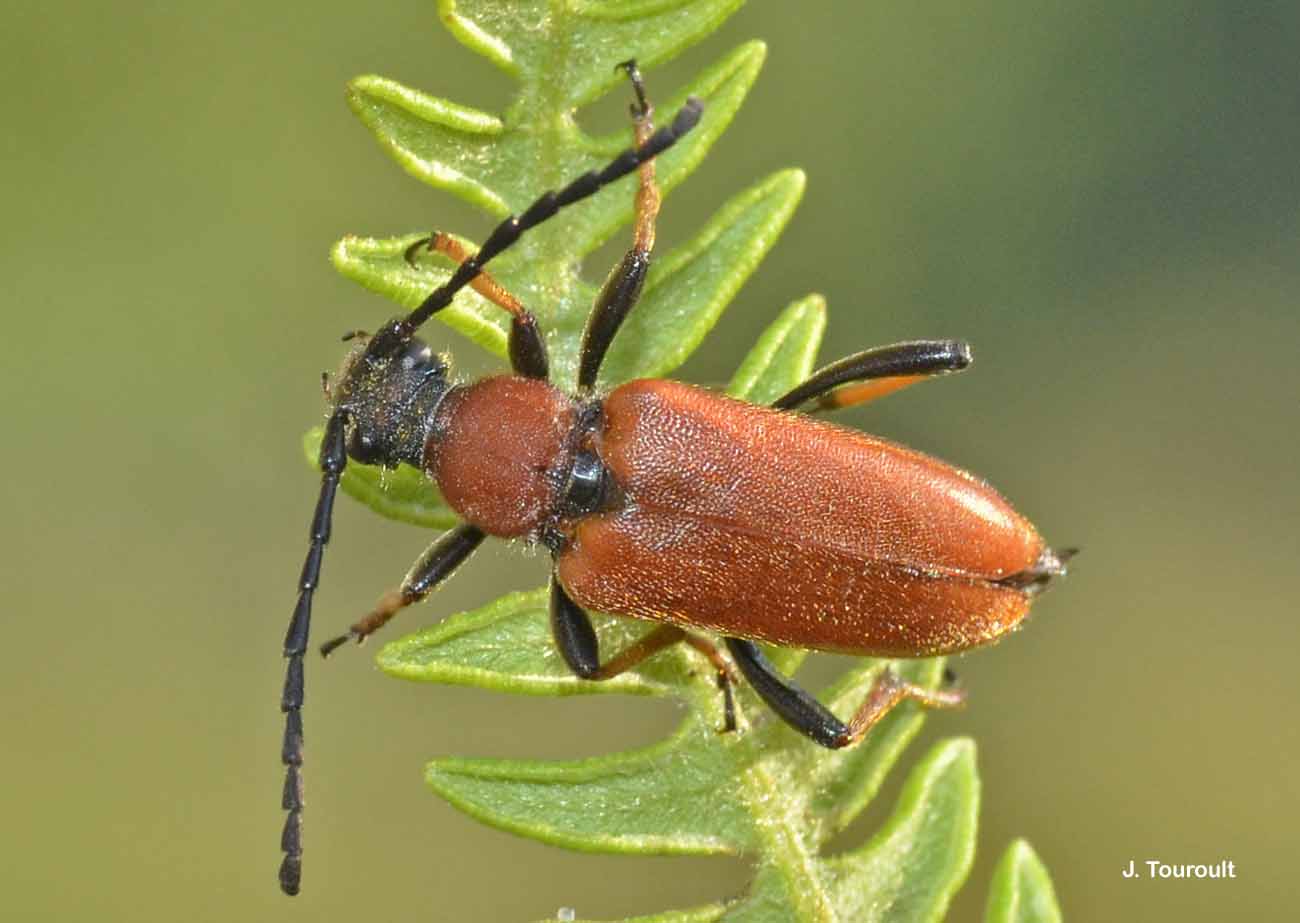
| Author : J. Touroult |
 |
To get the picture, please visit:
Julien TOUROULT
Muséum national d'Histoire naturelle - Service du Patrimoine Naturel
36 rue Geoffroy Saint-Hilaire
CP 41
75 231 PARIS CEDEX 05
e-mail : inpn@mnhn.fr
Legend: Femelle
Despite the Creative Commons license, please inform the author of the use which will be made of his photo
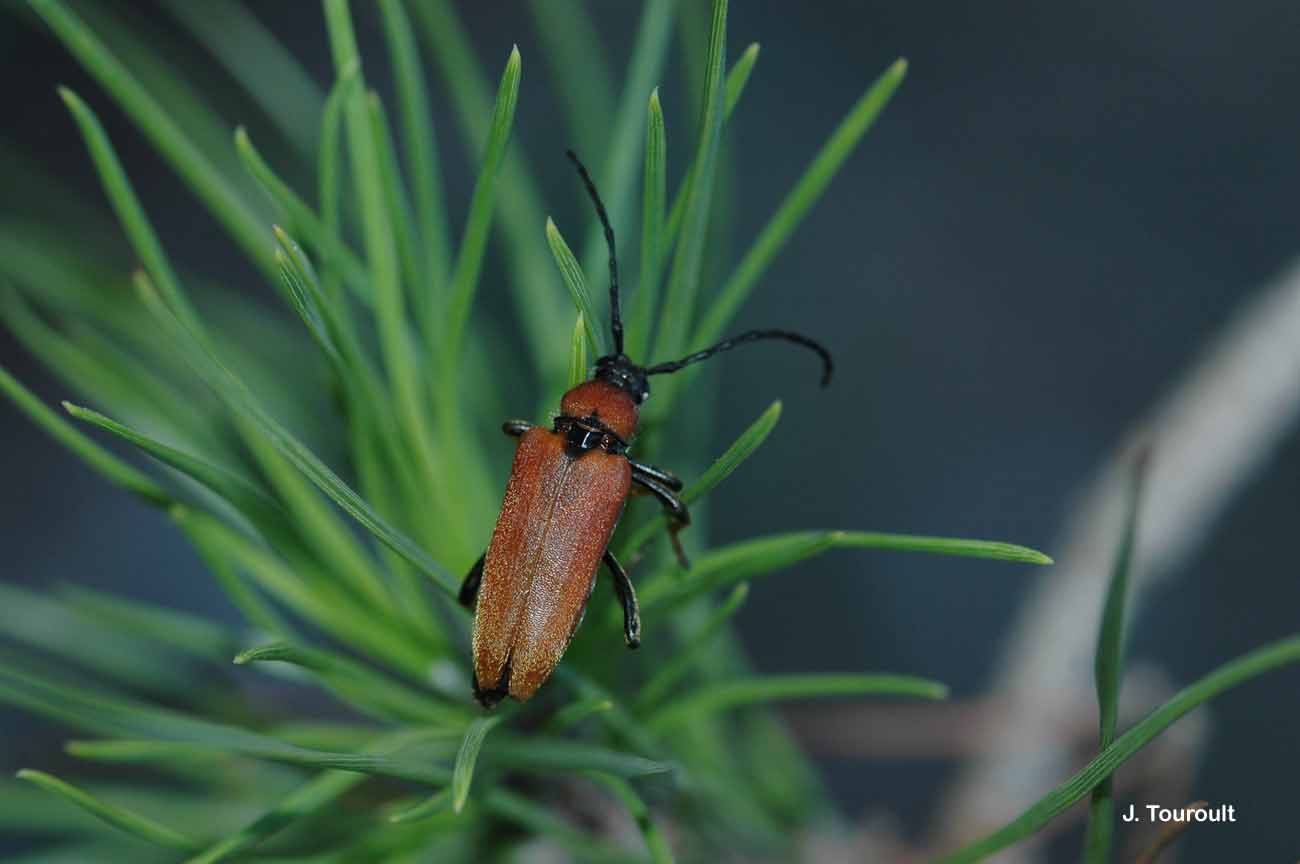
| Author : J. Touroult |
 |
To get the picture, please visit:
Julien TOUROULT
Muséum national d'Histoire naturelle - Service du Patrimoine Naturel
36 rue Geoffroy Saint-Hilaire
CP 41
75 231 PARIS CEDEX 05
e-mail : inpn@mnhn.fr
Legend: Femelle - Saint-Marcel
Despite the Creative Commons license, please inform the author of the use which will be made of his photo
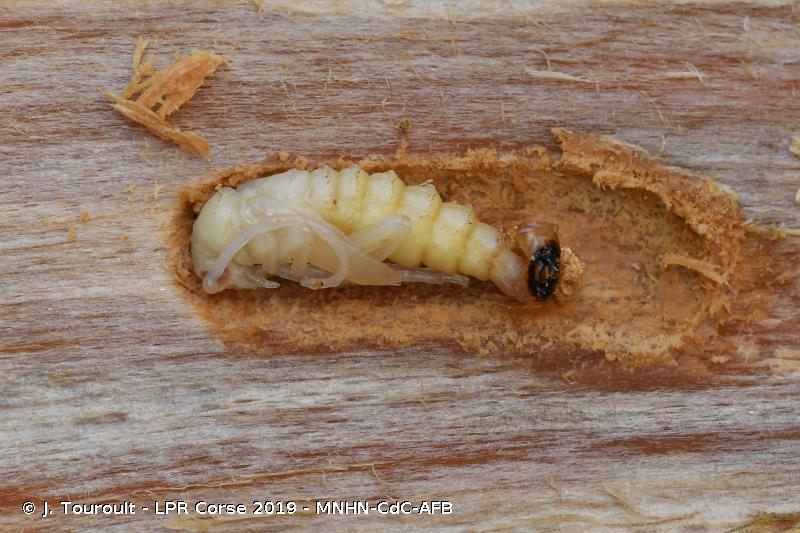
| Author : J. Touroult - LPR Corse 2019 - MNHN-CdC-AFB |
 |
To get the picture, please visit:
Julien Touroult
UMS PatriNat (AFB - CNRS - MNHN)
Muséum national d'Histoire naturelle, CP41, 36 rue Geoffroy Saint-Hilaire, 75005 Paris
Legend: Nymphe dans un sapin. Corse. Alta Rocca. Expédition La Planète Revisitée 2019 (MNHN, Collectivité de Corse, AFB)
Despite the Creative Commons license, please inform the author of the use which will be made of his photo
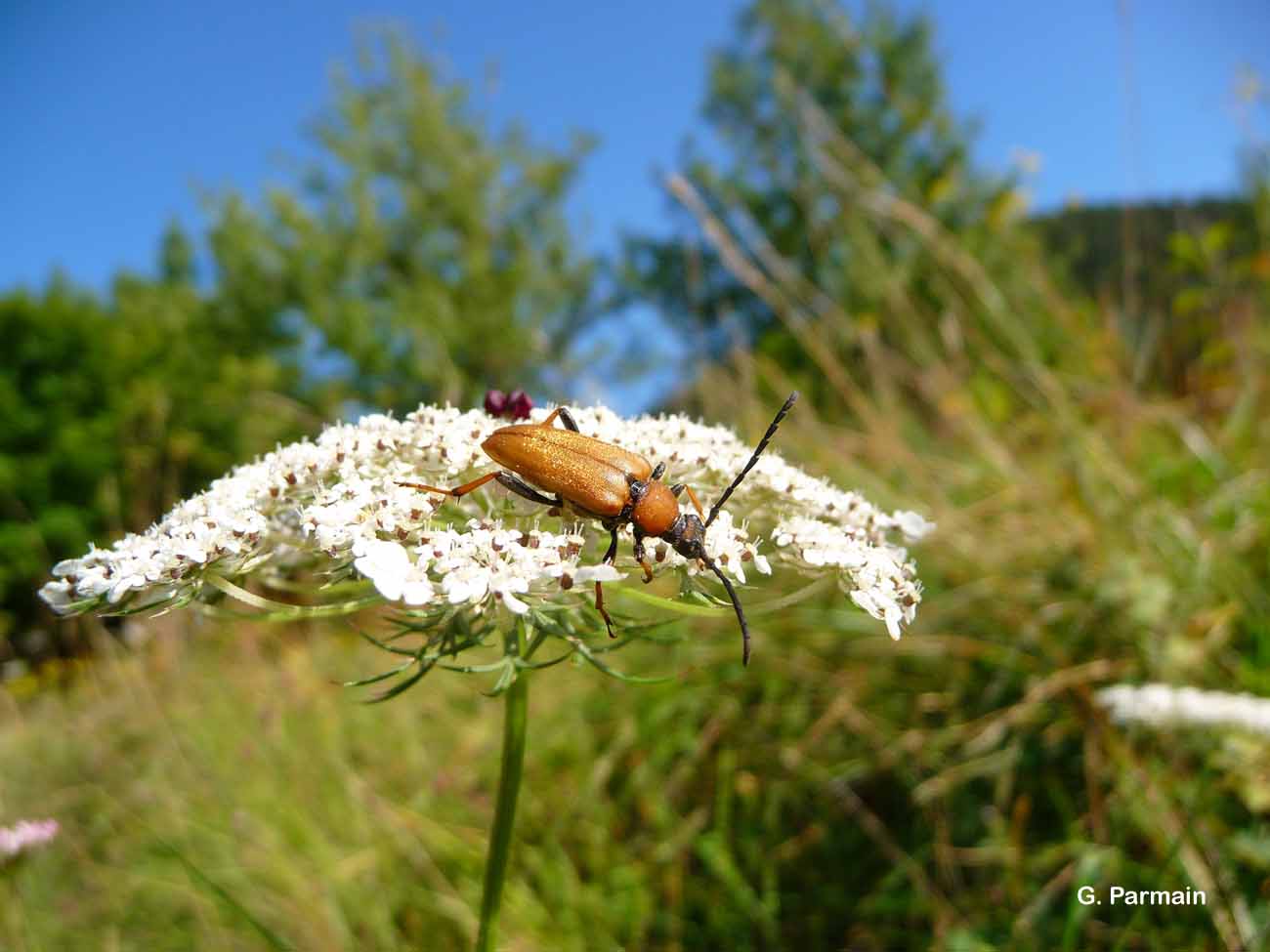
| Author : G. Parmain |
 |
To get the picture, please visit:
Guillem PARMAIN
guillem.parmain@onf.fr
Any reuse of one or more photographs on this site is subject to an authorization request from the author.
Link to the Code of Intellectual Property (Legifrance)
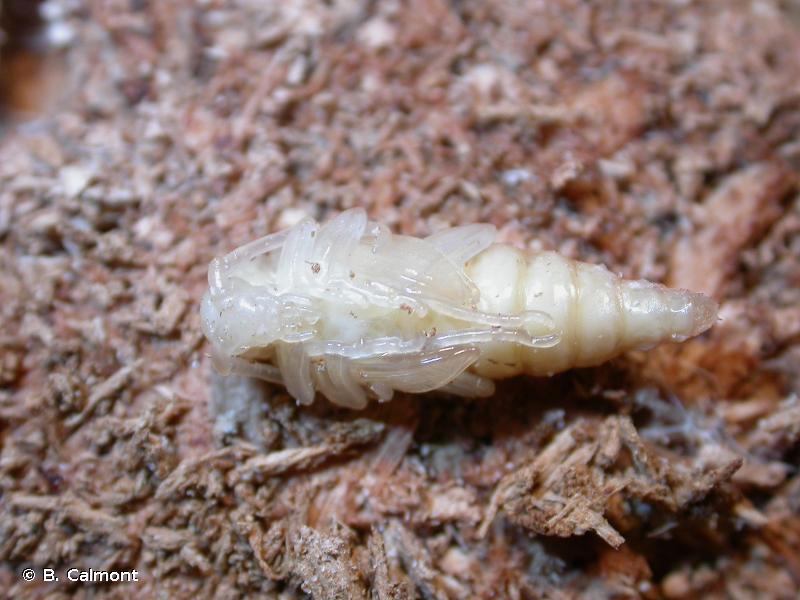
| Author : B. Calmont |
 |
To get the picture, please visit:
Benjamin Calmont
email : inpn@mnhn.fr
Legend: Nymphe
Despite the Creative Commons license, please inform the author of the use which will be made of his photo
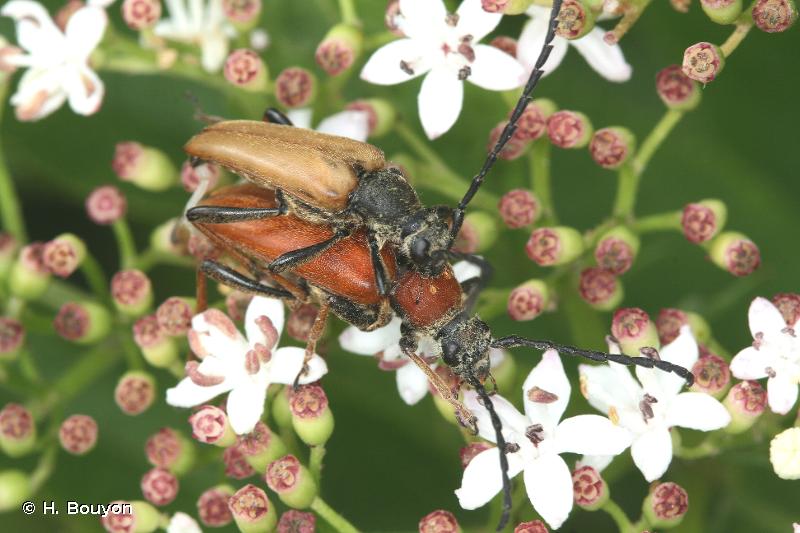
| Author : H. Bouyon |
 |
To get the picture, please visit:
Any reuse of one or more photographs on this site is subject to an authorization request from the author.
Link to the Code of Intellectual Property (Legifrance)
Taille : 10-20 mm
Diagnose : Grand lepture à stature assez forte. Pattes toujours bicolores : fémurs noirs, tibias roux ou jaunâtres. Fort dimorphisme sexuel : mâle au thorax noir, élytres jaunes et rétrécis vers l'apex et antennes dentés ; femelle plus large, au thorax et au élytres rouges, et aux antennes à peine dentés. Pronotum (dessus du thorax) à ponctuation très dense (points quasi-contigus).
Détermination : Moyennement difficile (possible sur photo).
Espèces proches : Le mâle peut être confondu avec Stictoleptura fulva et les mâles d'Anastrangalia mais s'en distingue par les pattes bicolores et l'absence de tâche sombre à l'apex des élytres. La femelle peut être confondue avec plusieurs Stictoleptura et les femelles d'Anastrangalia, la plus ressemblante étant S. fontenayi. Elle s'en distingue par la coloration des pattes et la ponctuation du pronotum (qui est beaucoup plus espacée chez S. fontenayi).
Période d'observation : Mai à septembre, avec un pic en juillet et août.
Biologie-éthologie : Larve saproxylophage, qui consomme le bois mort de résineux, au niveau des souches et troncs. Mentionné également de feuillus, ce qui paraît constituer des plantes-hôtes occasionnelles. Cycle de plusieurs années. Adulte diurne et floricole.
Biogéographie et écologie : Très large répartition, de la Scandinavie à la zone méditerranéenne et jusqu'en Sibérie. Forêts résineuses de plaine et montagnes, y compris dans les plantations. En plaine tempérée, notamment en France, sa présence serait due à une colonisation "semi-naturelle" récente, l'espèce ayant suivi le développement des plantations de résineux, probablement par dispersion naturelle.
J. Touroult(UMS PatriNat (AFB - CNRS - MNHN)),2018
Continental
Metropolitan France
Overseas
Marine
Metropolitan France
Overseas
The map presents a summary at the 10 x 10 km grid of the observation data for the species transmitted to the SINP. These data have been subjected to validation filters.
The map presents a reference distribution layer of the species at the scale of departments and marine sectors. The presence and absence data were established by expertise within a network of partners. This reference distribution is used in the validation process of the SINP data at the INPN level.
Corresponds to a report on the basis of at least one observation proved within a period of 10 years (20 years for little-known invertebrates) preceding the year and no presumption of extinction since obtaining the last data nor doubt on reproductive and implemented nature of this population. For migratory species, the presence indicated concerns areas of reproduction.
This status is based on one or more of the following criteria:
This point covers the absence, more difficult by nature to demonstrate than presence. This status is based on one or more of the following criteria:
This status must be assigned to a department in which the presence of the species is casual.
Particular case of absence due to a proven extinction less than a half century ago (older disappearances are treated as "no probable or definite").
In the state of knowledge, we can not comment on the presence or absence in the current department. This is the default status when not comprised in one of the previous categories or whenever there is doubt.
The map shows the global distribution of the species based on GBIF data (Global Biodiversity Information Facility).
